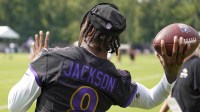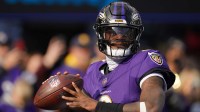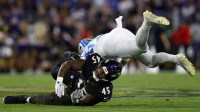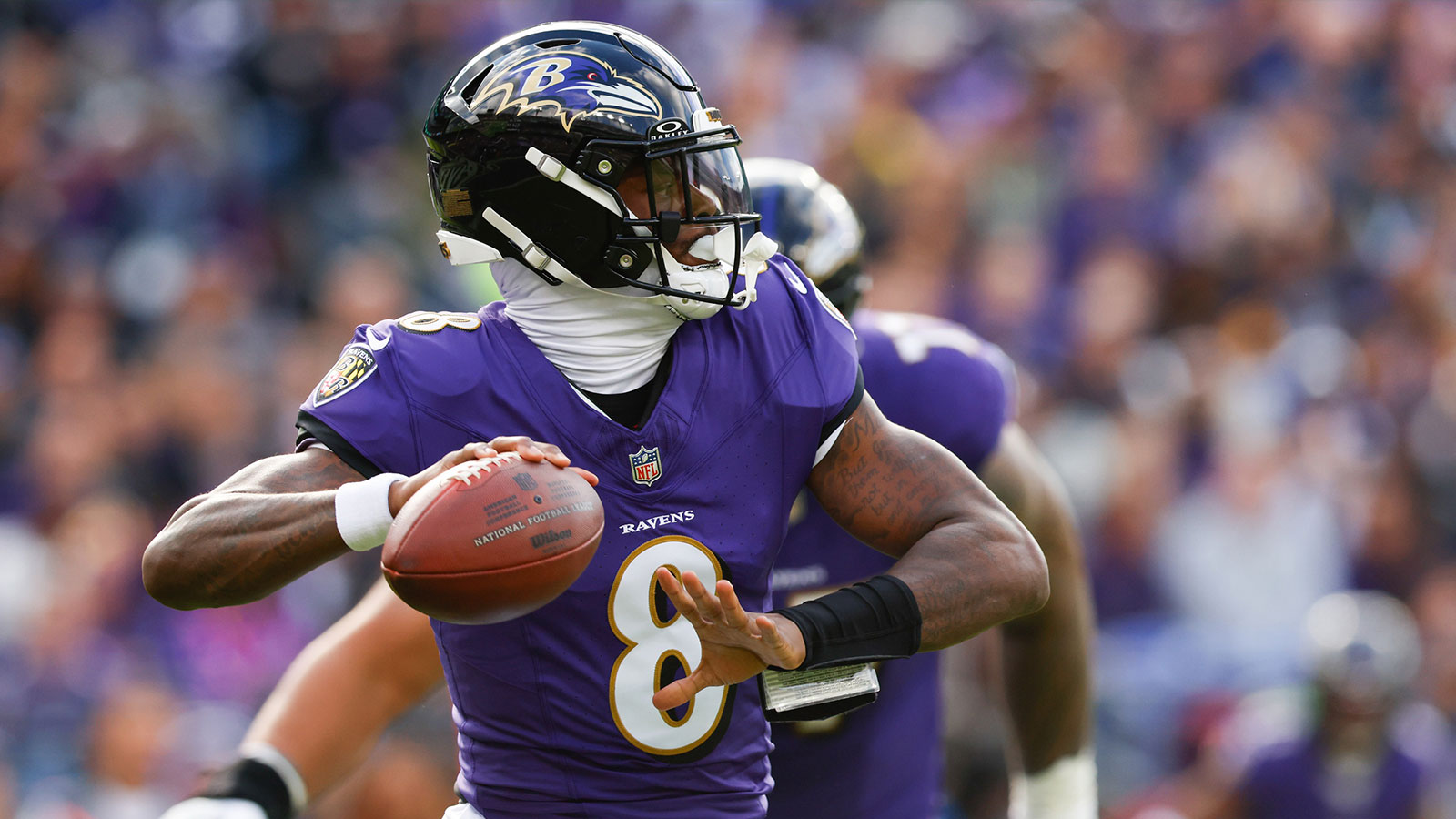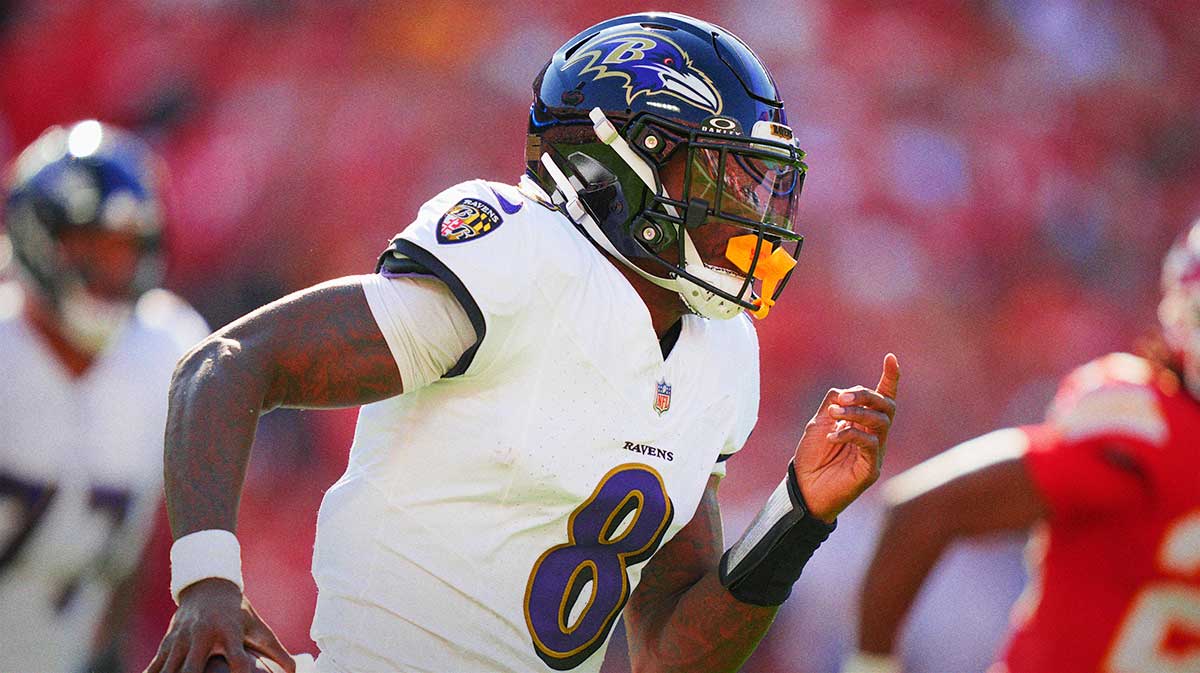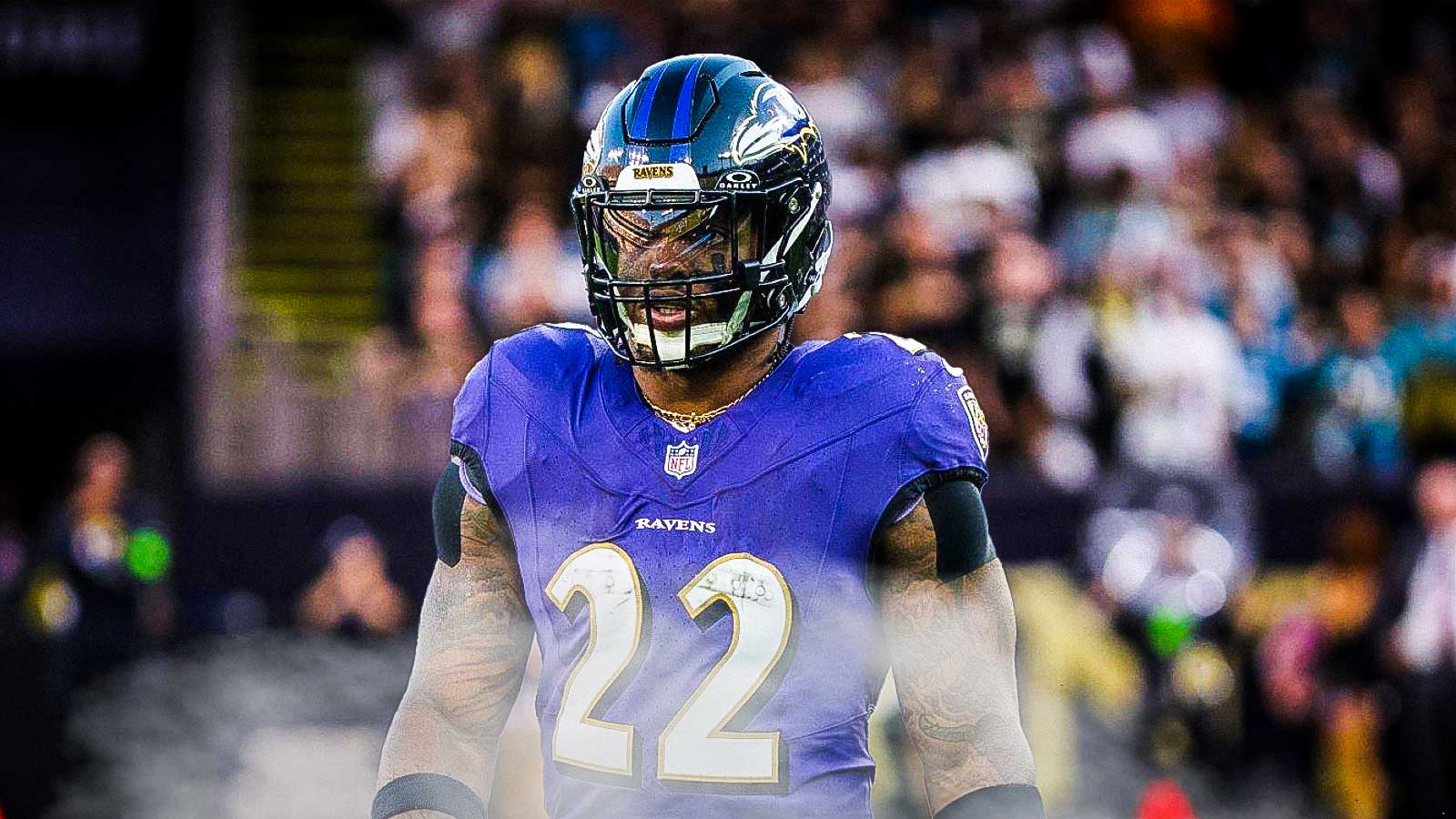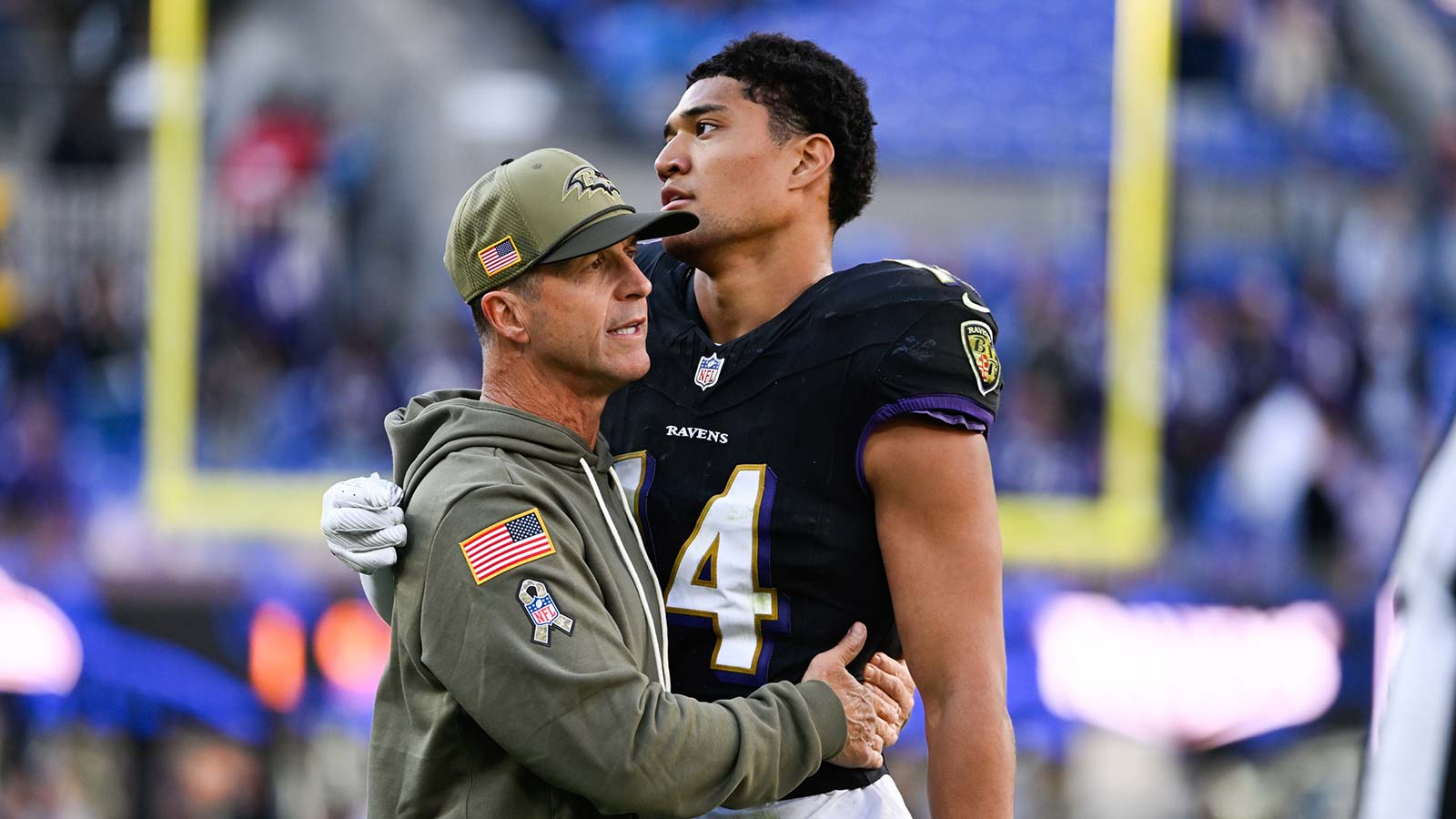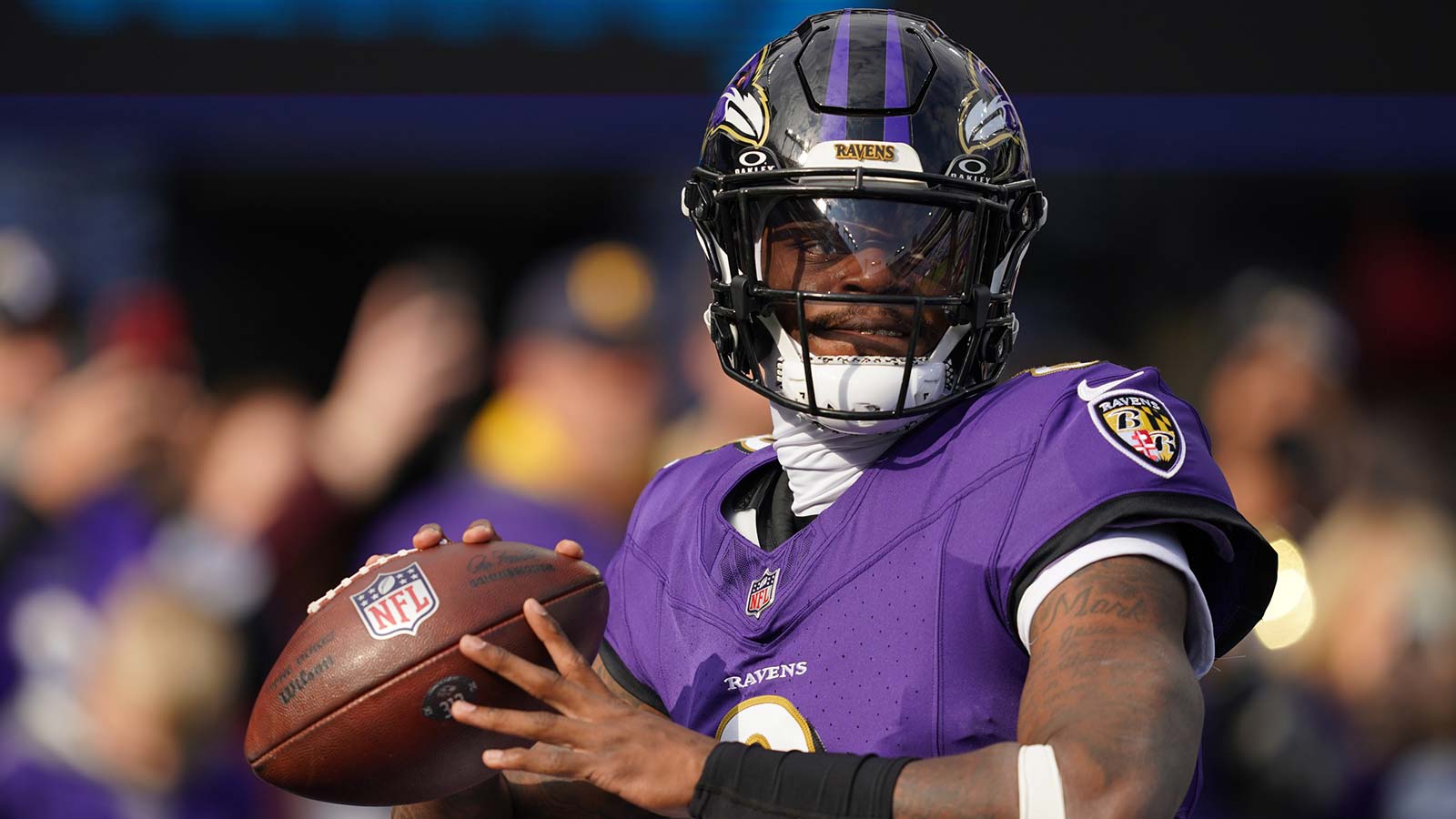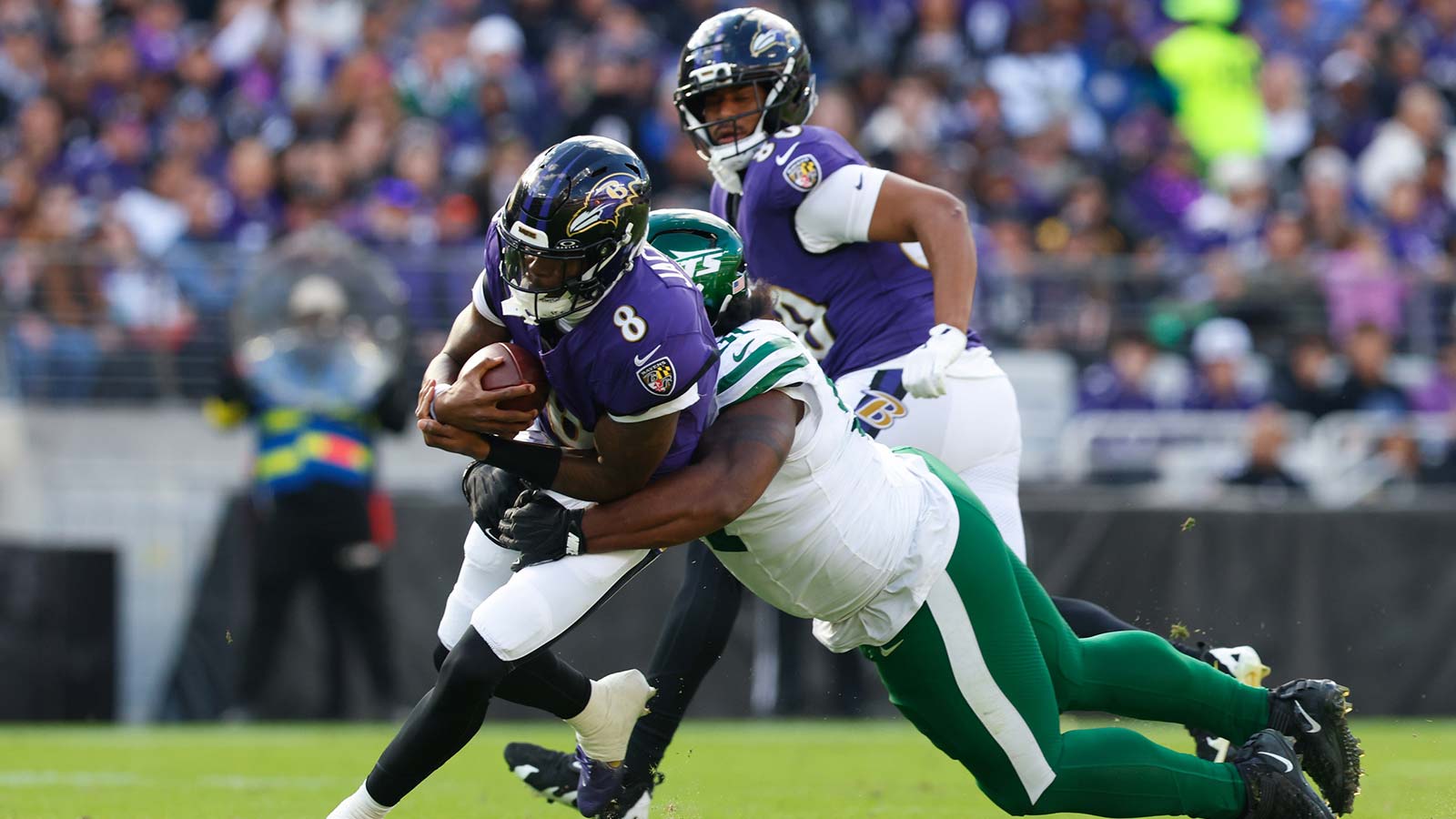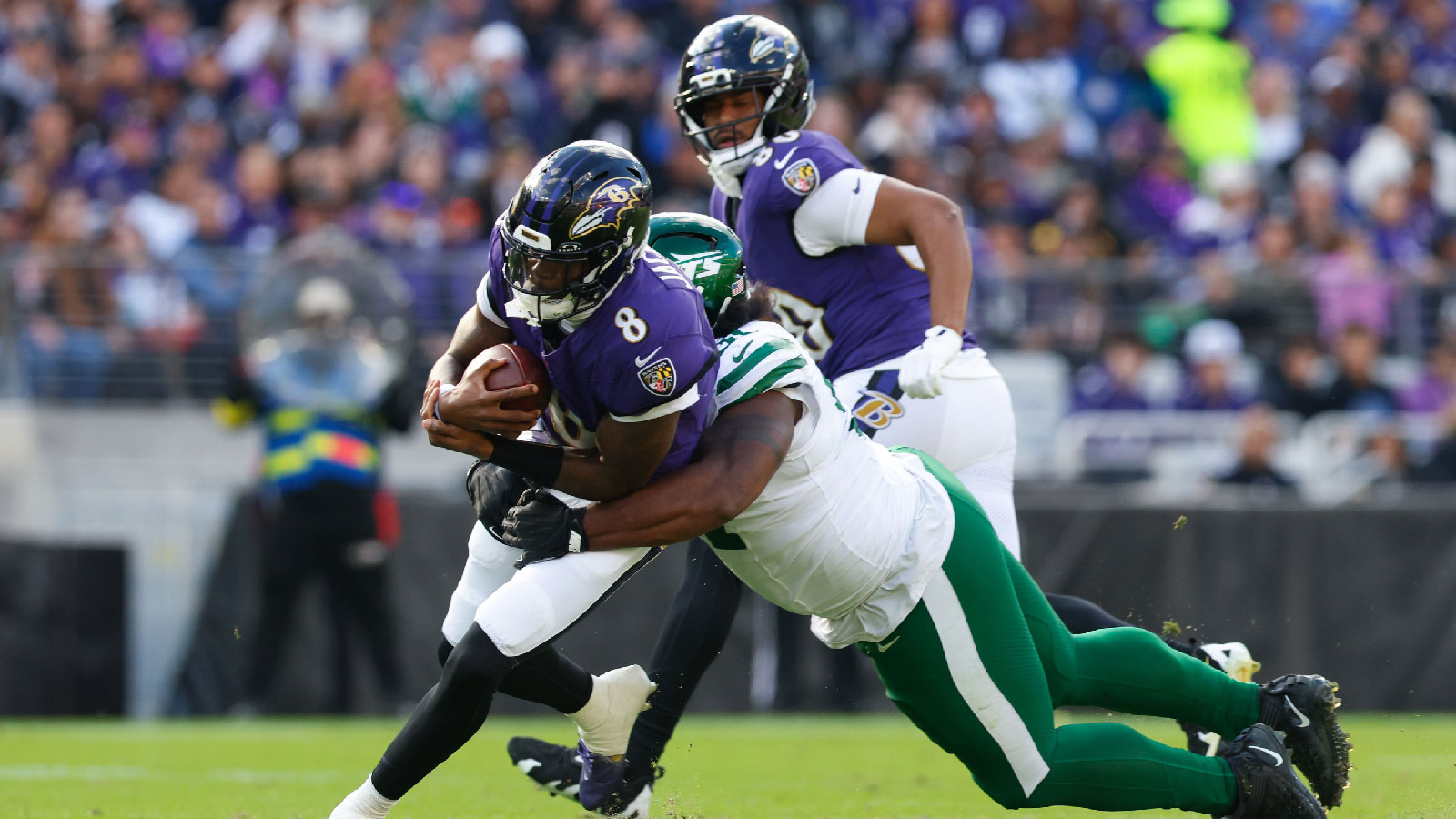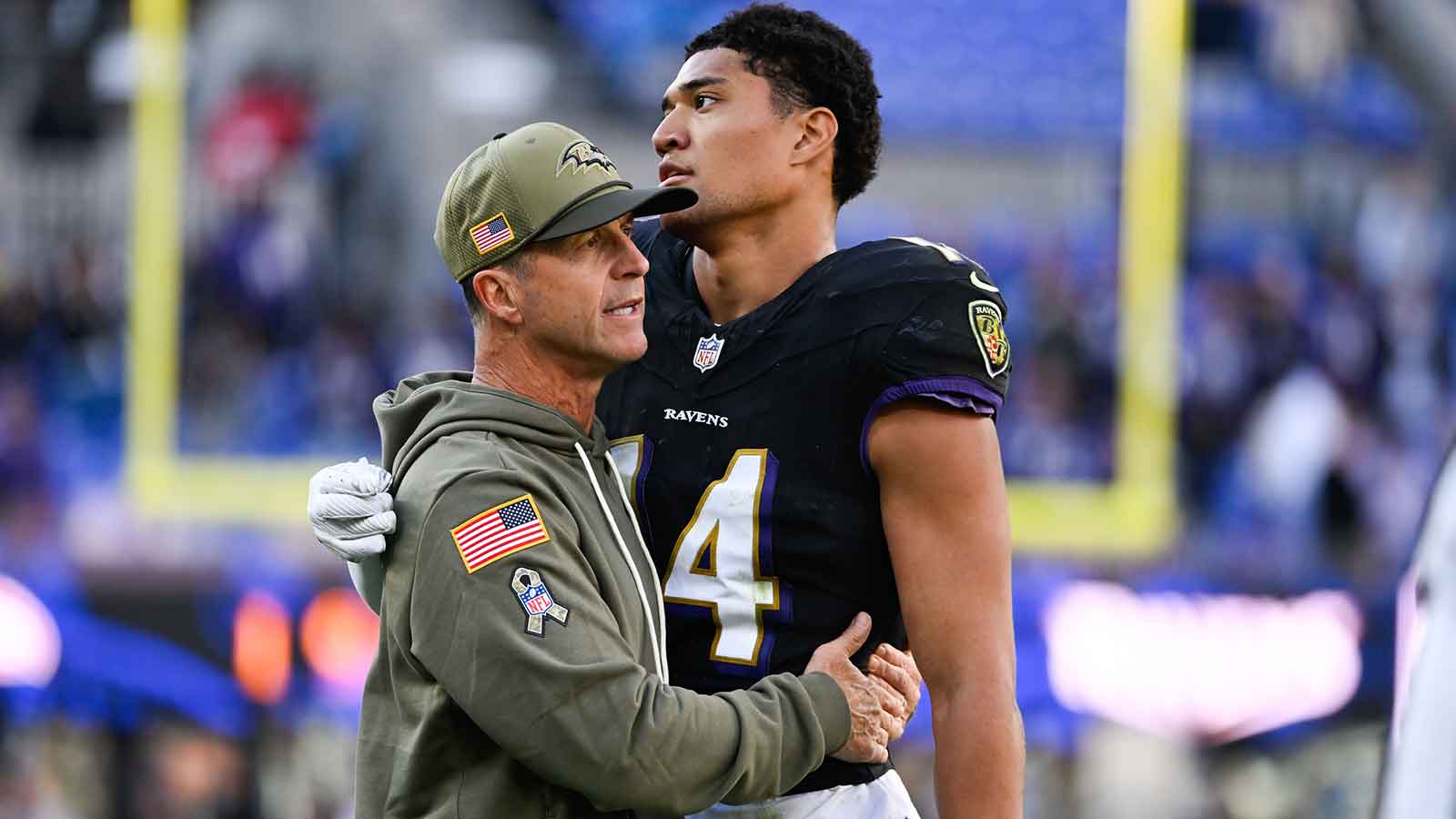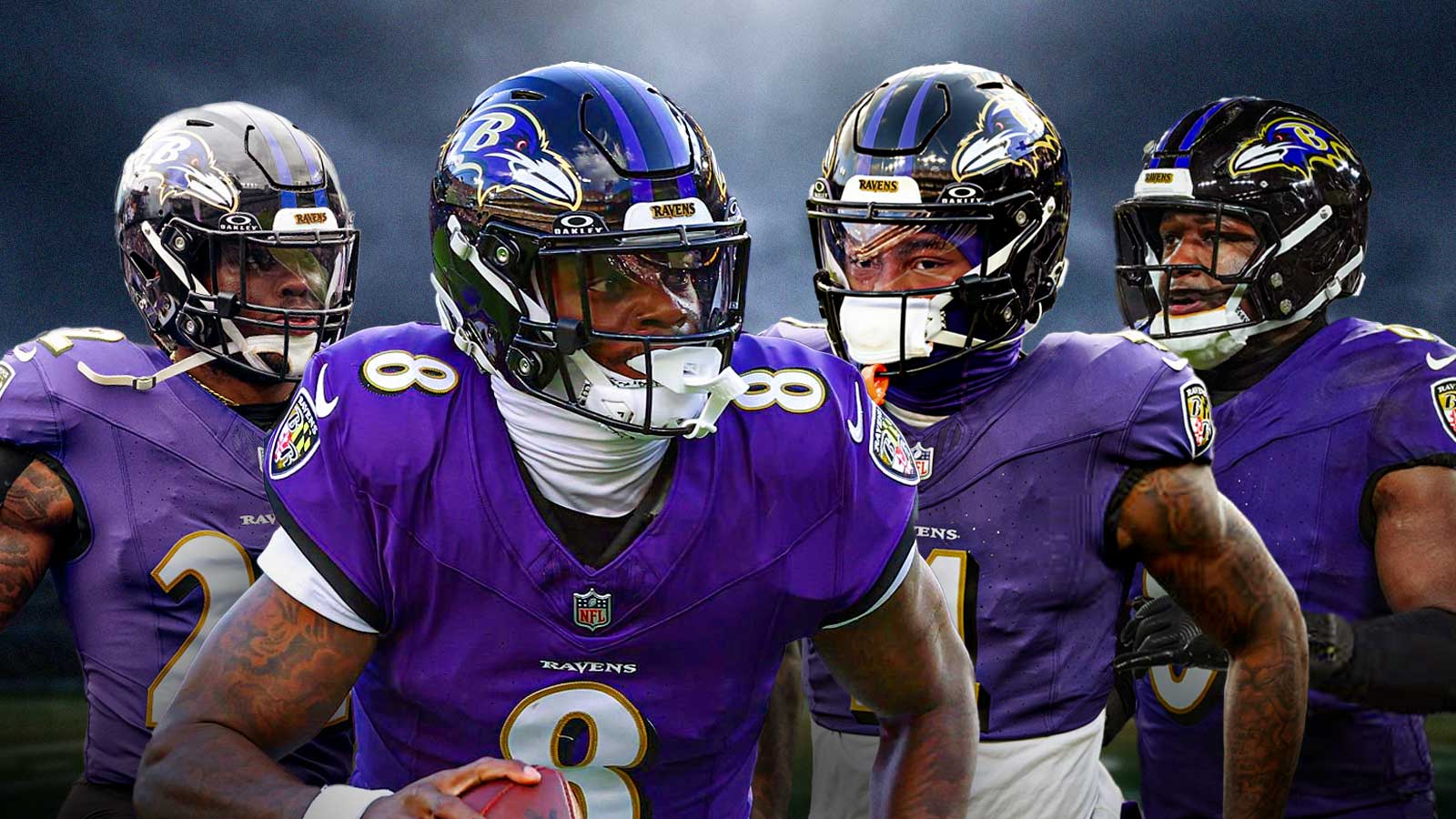The kids are coming, and they’re coming fast. That’s the undercurrent rippling through the Under Armour Performance Center this spring as the Baltimore Ravens shift from a disappointing divisional-round exit to another title hunt. General manager Eric DeCosta doubled down on a draft-and-develop philosophy in April. They added high-ceiling prospects at positions that were merely serviceable a year ago. Now, a handful of 22-year-olds are already rubbing shoulders—and stealing reps—from veterans who once looked like roster locks. Training camp hasn’t even opened, yet the message is unmistakable: earn your snaps, or watch a rookie take them.
Trenches-Heavy Offseason
Few franchises churn the depth chart as aggressively as Baltimore. The 2025 offseason was no exception. The headline question revolves around left guard, where Andrew Vorhees, Ben Cleveland, and a cast of young challengers will jockey for the job after Daniel Faalele settled in on the right side late last year. Of course, rookie Emery Jones Jr ultimately could be an option inside when his shoulder is healthy.
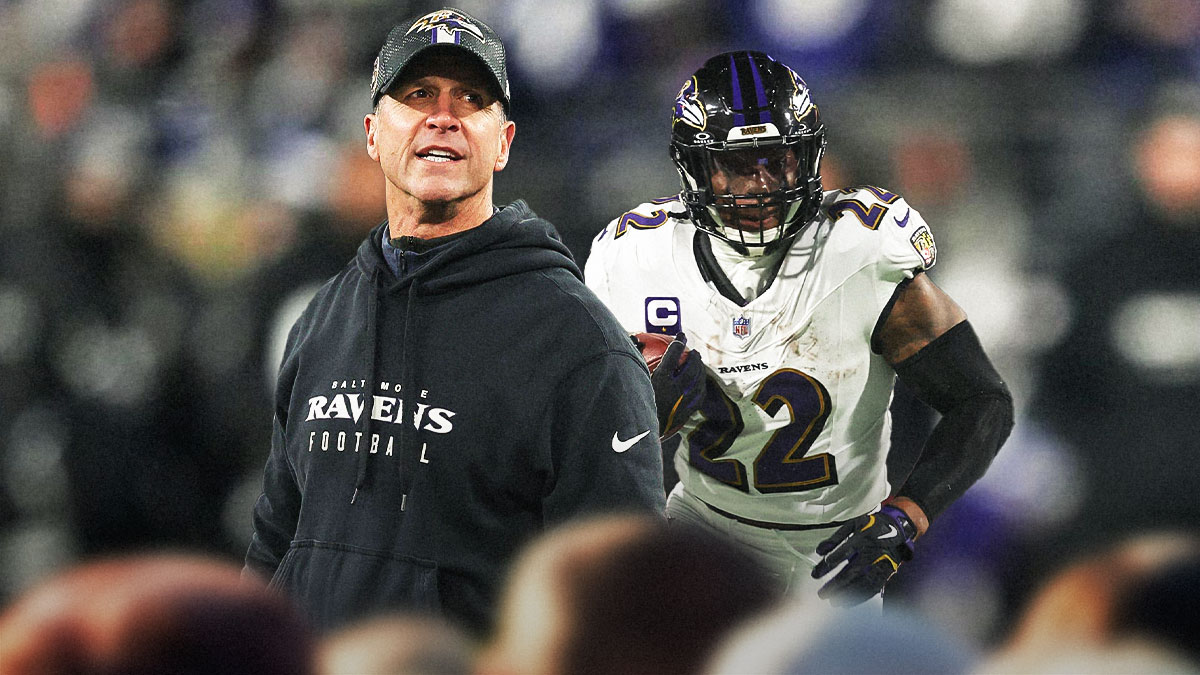
Baltimore supplemented the line with veteran swing tackle Joseph Noteboom and three draft picks. They then snagged Marshall sack artist Mike Green at No. 59 overall after an unexpected slide. Throw in fourth-round linebacker Teddye Buchanan, and the depth chart suddenly feels younger, meaner, and far less forgiving for incumbents clinging to starting roles.
Here we'll try to look at the Baltimore Ravens veteran players whose roles will be pushed by rookies in the 2025 NFL season.
1. A Sudden Threat off the Edge
Odafe Oweh’s stat line has always hinted at untapped potential, but the former first-rounder’s sack totals (5.5 in 2024) haven’t matched the burst. Enter Green, a 6'4, 262-pound whirlwind who led the FBS with 17 sacks at Marshall. He also ranked top-five in pressures despite constant double-teams.
Scouts viewed Green as a mid-first-round talent until off-field allegations—charges he denies—pushed him into Round 2.
Baltimore rarely shies from a calculated risk, though. As for Green, the early returns are disruptive. In the first open OTA session, the rookie blew past Ronnie Stanley for a would-be sack before later beating Faalele with an inside swim. Oweh, preparing for a contract-year decision, suddenly feels heat from a rookie who can flatten a pocket in two steps. Oweh still plays the run better and knows the scheme inside out. That said, if Green continues to flash bend and finish, Baltimore won’t hesitate to give the kid 30-plus snaps a game by early November.
2. Massive Men, Slim Margins
At 6'8, 380 pounds, Daniel Faalele is hard to miss—and hard to miss on, given last year’s seven penalties and uneven footwork. To his credit, he steadied down the stretch. He even strung together five straight clean sheets in December. However, the front office saw enough wavering to draft another skyscraper, Emery Jones Jr. He is the three-year LSU tackle who played both edges of Tiger Stadium and tipped the scales at 6'6, 337 at the combine. Baltimore’s plan: cross-train Jones at guard, then let the best five linemen rise.
Jones’ shoulder surgery will likely park him on a side field until late July. Still, coaches rave about his leverage on film and his ability to punch and reset without over-leaning. If Jones’ transition inside sticks, the Ravens could slide Andrew Vorhees to right guard and stage a straight-up camp duel on the right side. The sum is a much deeper interior that allows Baltimore to yank underperformers mid-game. Faalele’s floor is a valuable sixth lineman; his ceiling depends on how quickly he can translate raw power into consistent angles before Jones is cleared to chase his job.
3. Fixing the Queen-Sized Hole
Baltimore learned the hard way that replacing Patrick Queen’s instincts is no small trick. Malik Harrison and Chris Board tried and failed to mirror Queen’s sideline-to-sideline range opposite All-Pro Roquan Smith. Now, the Ravens are handing the green dot to Trenton Simpson. He is the 2023 third-rounder whose explosive blitzing (three sacks in spot duty) clashed with shaky zone drops. Quarterbacks posted a 121.4 passer rating when targeting him, per Pro Football Focus.
The safety net is rookie Teddye Buchanan. He is a Day 3 selection out of Oregon who turned the Pac-12 title game with a fourth-quarter pick-six. Buchanan’s processing speed and length (34-inch arms) stood out in rookie minicamp. He even intercepted Tyler Huntley on a shallow cross after baiting the underneath throw. Coaches stress that Simpson remains the starter, but Buchanan already gets nickel reps in walkthroughs. If Simpson’s coverage doesn’t tighten by mid-season, Buchanan could seize every third-down snap and, eventually, a more prominent role alongside Smith.

Why the Turnover Matters
Baltimore’s roster churn isn’t cosmetic; it’s cultural. John Harbaugh’s best teams have blended proven vets with hungry rookies. They force practice tempos to spike and comfortable starters to sweat. In 2012, it was Kelechi Osemele displacing Bryant McKinnie in the playoffs. In 2019 it was Marquise Brown and Miles Boykin unlocking Lamar Jackson’s deep ball. The 2025 class carries similar disruption potential.
For Oweh, Faalele, and Simpson, the road to second contracts in Baltimore now runs through camp duels with rookies who enter with national accolades and nothing to lose. For Green, Jones, and Buchanan, the opportunity couldn’t be clearer. They need to impress early, master the playbook, and the Ravens will not hesitate to elevate youth over tenure. The result should be a chippier, more athletic roster. That's exactly the formula necessary to upend Kansas City’s conference reign and return the Lombardi Trophy to Charm City for the first time in over a decade.
If that trophy is ultimately hoisted, the seeds will trace back to a humid June practice field where three rookies began pushing three veterans—and the entire franchise—toward a higher gear.




